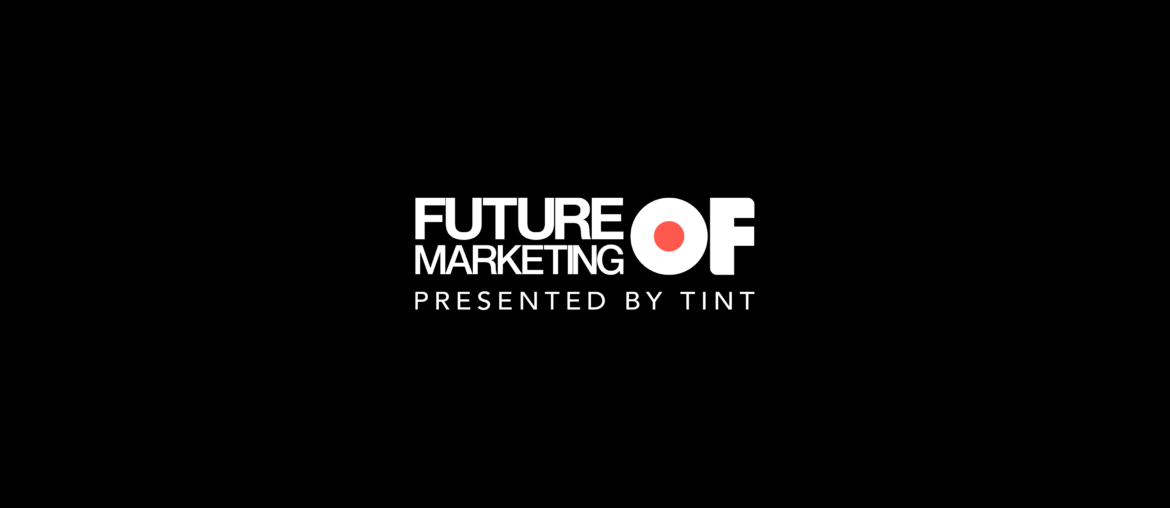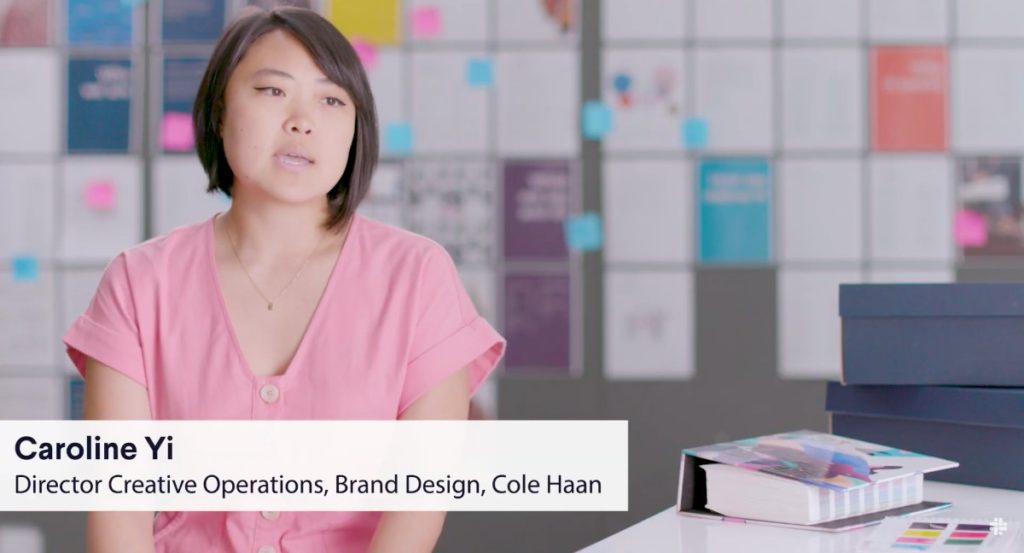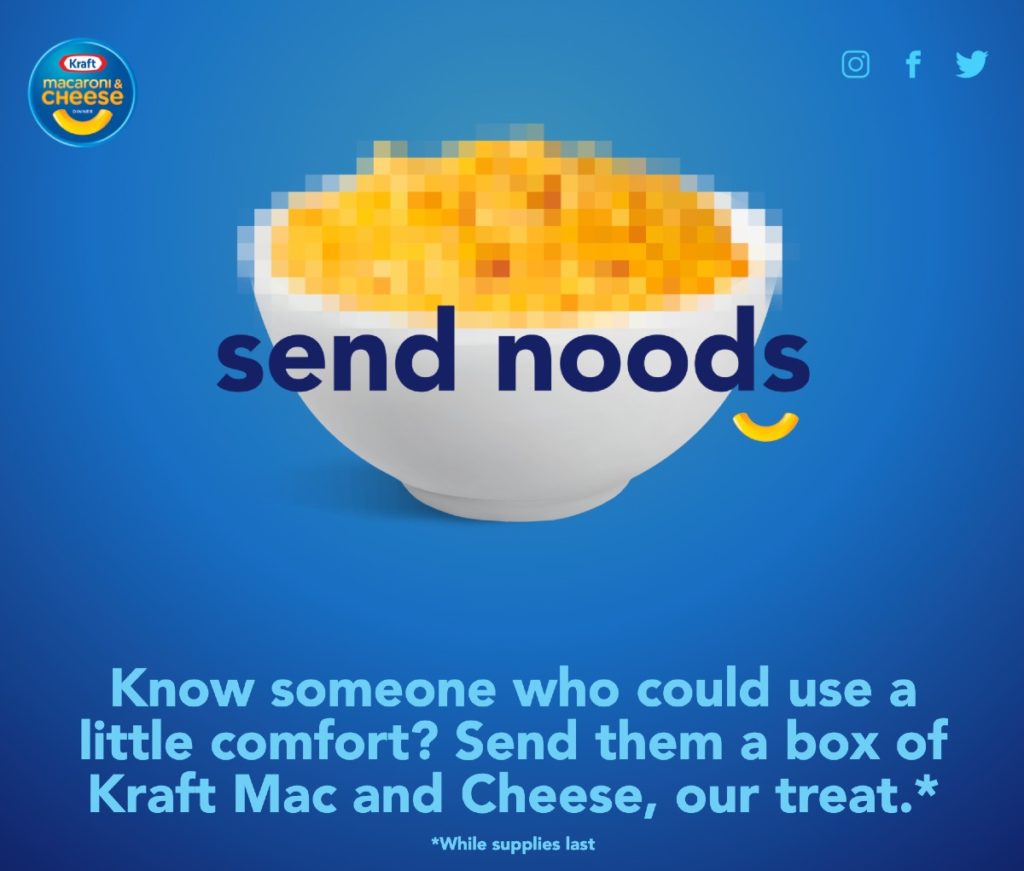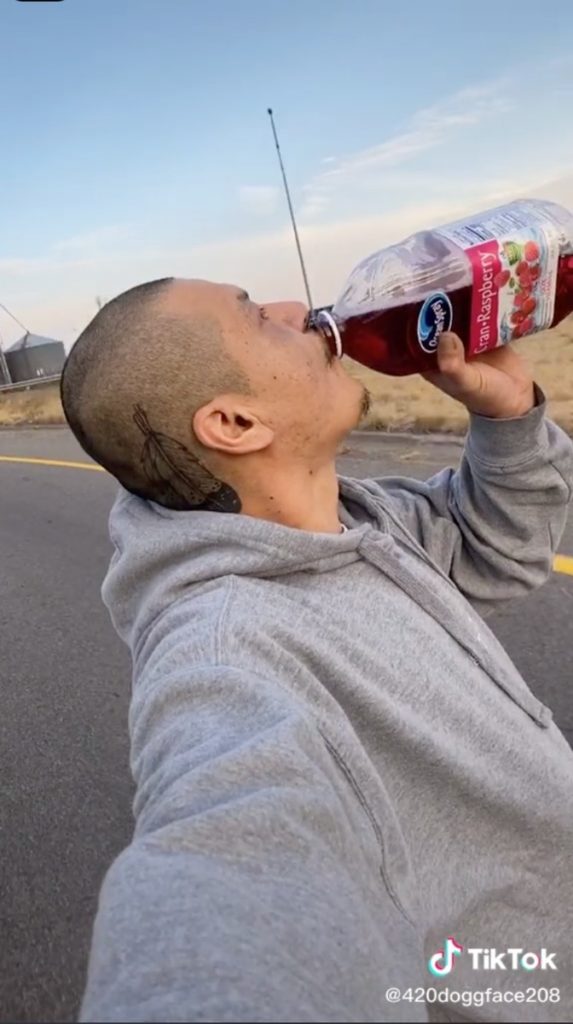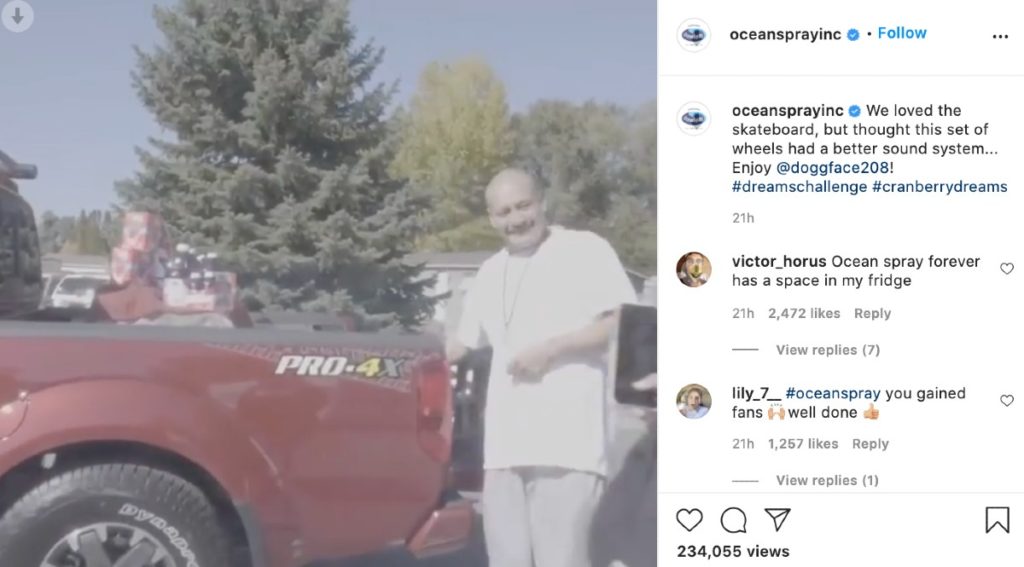This content originally appeared October 8, 2020 as part of the Future of Marketing weekly email series. Subscribe here.
It’s official – people are tired of COVID-19 messaging.
Harris researchers found that 93% of respondents were interested in non-COVID topics – and 66% were feeling overwhelmed by the amount of pandemic coverage.
“Many marketers feel pressured to move forward with short-term pivots.” shared Monica Wagner, Social Media and Community Manager for Content Marketing Institute. “But we should be thinking about a long-term strategy to navigate us through this new landscape.”
This doesn’t mean you should halt all pandemic plans and safe return messaging – but it does mean you should look beyond.
Advertising now: how brands are responding
When the actions of a brand authentically align with its values, it strengthens the connection between employees, customers, and your brand.
Currently, hotels and airlines are focusing on safe return messaging and procedures. In the U.S., the fashion industry is challenging its usual political restraint and candy makers are trying to save Halloween. Global brands like Unilever are fighting deforestation. And GapKids even formed a “Be the Future” collective with several young climate activists.
“What we have found as a company is that when we do the right thing, we sell more,” JJ Huggins, a spokesman for Patagonia, told Vogue. “It improves our brand image.”
The future of marketing is being part of change and cultivating a better world. It means giving more people the power to make a difference – and speaking up on important topics. People expect it, after all.
eComm pivots are driving ad spend
When you hear “brand collab,” you don’t think Cole Haan x Slack. But when unexpected partnerships like this do happen, it generates buzz…
And that’s kind of the point.
While the limited-edition shoe, itself, received mixed feedback from social media users – this partnership stood out among the plethora of COVID-19 messaging during a time where eCommerce and remote work are surging.
Instead of promoting its product, Slack uploaded this Youtube video to share behind-the-scenes footage and customer stories by the Cole Haan team – highlighting the impact of its product by elevating other people’s experiences.
With holidays around the corner, smart marketers are shifting their ad dollars where it makes more sense – from planning for unforeseen opportunities to investing in social media tools and user-generated content.
“If there is any recommendation for the 2020 holiday season, plan for different scenarios and structure your teams to move quickly based on what the data is telling you,” shared Jess Richards, EVP, Head of Commerce at Havas Media.
What we’re learning…
- Why brands need a UGC Specialist now [Future of Marketing]
- Facebook will test shopping from Reels [The Verge]
- How you can differentiate from the masses [Marketing Land]
- How to use user-generated content on Instagram [Social Media Examiner]
- Marriott is pivoting with a holiday pop-up experience [Marriott]
- Kraft Heinz is embracing edgy humor and asking people to send noods [Marketing Dive]
#brandcrush: Ocean Spray
Each week in #brandcrush we highlight exceptional brands that are channeling their customers’ voice to connect more authentically with their audience.
It all started with a TikTok video that Nathan Apodaca posted of himself cruising on his longboard, sipping Ocean Spray’s cranberry juice, and lip-syncing to Dreams by Fleetwood Mac (classic).
The video went viral across social media – causing debates on whether or not Ocean Spray should respond (and if so, how). But Ocean Spray was too busy buying Nathan a truck.
This gesture by Ocean Spray not only set the bar high for incentivizing creators, but it speaks more volumes than merely reposting Nathan’s video with a clever comment.
Both, the CEO of Ocean Spray and co-founder of Fleetwood Mac, Mick Fleetwood, even created their own TikTok videos to organically get in on the action – demonstrating the engagement (and sales) one strong piece of user-generated content can generate when it’s thoughtfully considered.
Also, pay attention to TikTok’s impact on Spotify, where viral user-generated content (UGC) continuously drives music to the top of the charts and boosts sales.
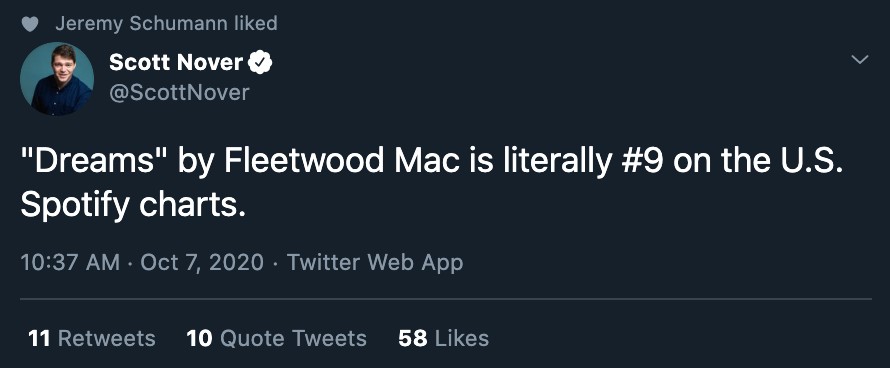
Ocean Spray approached UGC brilliantly by letting Nathan’s social media post grow organically – while the company figured out how to properly incentivize and spotlight the creator.
Regardless of the industry, more brands will plan for spontaneous opportunities like this – investing in tools to find and distribute relevant content, build trust, and stay in tune with its biggest fans.
